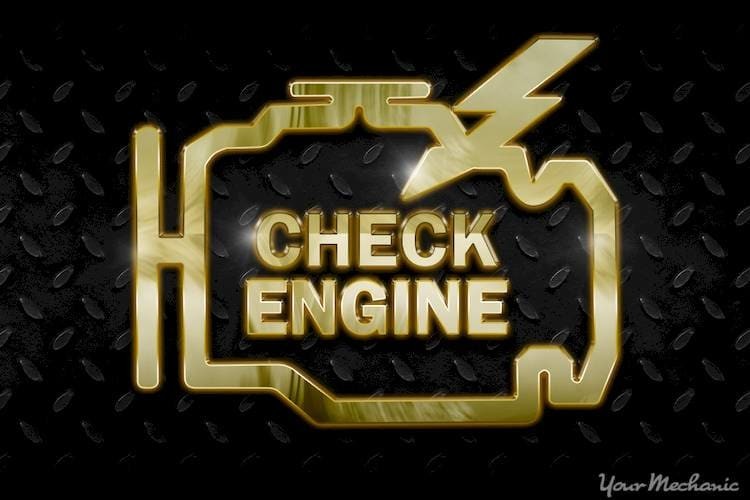The dreaded check engine light can illuminate for various reasons, leaving drivers puzzled and concerned. One common culprit is the EOBD/OBDII error code P2197. This code signifies a problem with the oxygen (O2) sensor, specifically indicating a lean condition in bank 2 sensor 1. Understanding this code is crucial for effective diagnosis and repair.
What Does the P2197 Code Mean?
The P2197 code points to an issue with the upstream O2 sensor on bank 2 of your engine. “Bank 2” refers to the side of the engine that doesn’t contain cylinder number one. “Sensor 1” indicates the upstream sensor, positioned before the catalytic converter. This sensor’s role is to measure the oxygen content in the exhaust gases, providing crucial data to the Engine Control Module (ECM) for fuel mixture adjustments. A “lean” condition signifies that there’s too much oxygen in the exhaust, indicating an imbalance in the air-fuel ratio. Essentially, the sensor is stuck reporting a lean condition, regardless of the actual air-fuel mixture.

Causes of the P2197 Code
Several factors can trigger the P2197 code:
- Faulty O2 Sensor: A malfunctioning O2 sensor is the most common cause. Over time, sensors can degrade, providing inaccurate readings.
- Vacuum Leaks: Leaks in the intake manifold or vacuum hoses disrupt the air-fuel mixture, leading to a lean condition.
- Exhaust Leaks: Leaks in the exhaust system before the O2 sensor can introduce outside air, skewing oxygen readings.
- Fuel System Issues: Problems with fuel delivery, such as a clogged fuel filter or weak fuel pump, can cause a lean mixture.
- Mass Airflow (MAF) Sensor Issues: An inaccurate MAF sensor reading can lead to incorrect fuel mixture calculations.
- Engine Control Module (ECM) Problems: In rare cases, a faulty ECM can misinterpret sensor data or send incorrect signals.
Symptoms of the P2197 Code
Besides the illuminated check engine light, other symptoms may accompany the P2197 code:
- Rough Engine Idle: The engine may run unevenly at idle.
- Reduced Fuel Efficiency: A lean mixture can decrease gas mileage.
- Engine Misfires: Inconsistent combustion can lead to engine misfires.
- Hesitation or Stalling: The engine might hesitate during acceleration or stall unexpectedly.
- Increased Emissions: A lean mixture can increase harmful emissions.
Diagnosing the P2197 Code
Diagnosing the P2197 code requires a systematic approach:
-
Retrieve the Code: Use an OBD-II scanner to confirm the P2197 code and check for other related codes.
-
Inspect for Vacuum Leaks: Visually inspect vacuum hoses and the intake manifold for leaks. Use a smoke machine for a more thorough inspection.
-
Test the O2 Sensor: Use a multimeter or a scanner to monitor the O2 sensor’s voltage readings. Compare the readings to manufacturer specifications. You can also introduce propane into the intake to see if the sensor responds appropriately.
-
Check Fuel Pressure: Verify that the fuel pressure is within the recommended range.
-
Inspect the MAF Sensor: Check the MAF sensor for contamination or damage. Clean or replace it if necessary.
-
Inspect Exhaust System: Check for leaks in the exhaust system, particularly before the catalytic converter.
Fixing the P2197 Code
The specific repair for the P2197 code depends on the diagnosed cause:
-
Replace the O2 Sensor: If the sensor is faulty, replacement is the solution.
-
Repair Vacuum Leaks: Replace damaged vacuum hoses or repair leaks in the intake manifold.
-
Repair Exhaust Leaks: Fix any leaks in the exhaust system.
-
Address Fuel System Issues: Replace clogged fuel filters, repair or replace a weak fuel pump, or address other fuel delivery problems.
-
Replace the MAF Sensor: Replace a faulty MAF sensor.
-
Address ECM Issues: In rare cases, the ECM may need to be reprogrammed or replaced.
Conclusion
The EOBD/OBDII error code P2197 indicates a potential problem with the oxygen sensor or other related components. Addressing this issue promptly is crucial to prevent further engine damage and ensure optimal vehicle performance. While a faulty O2 sensor is the most common cause, a thorough diagnostic process is essential to pinpoint the exact problem and implement the correct repair.
